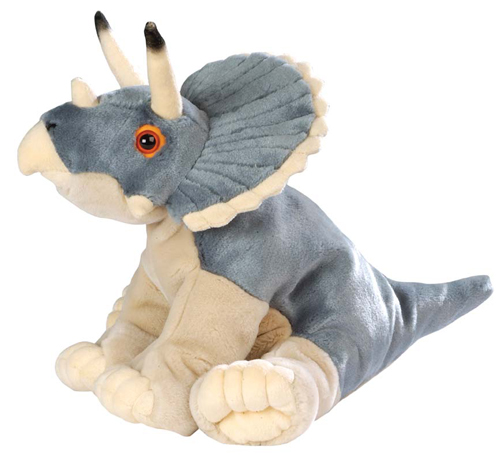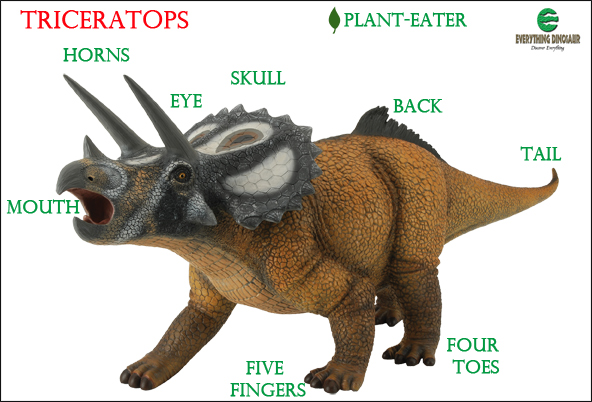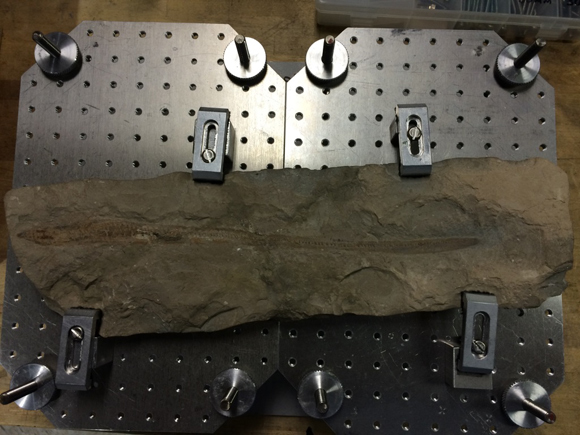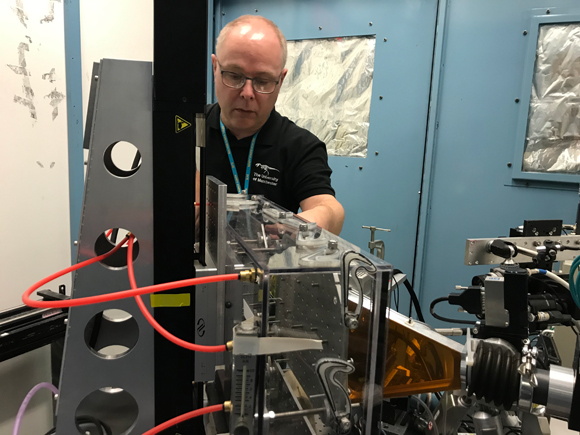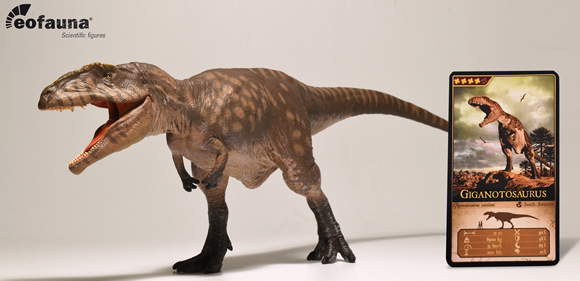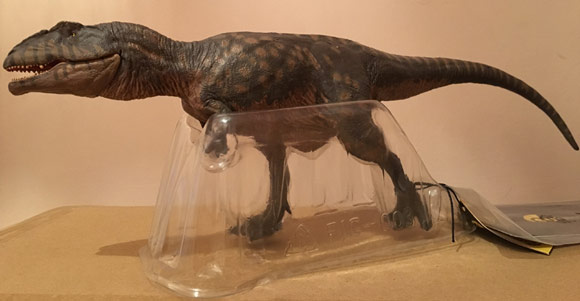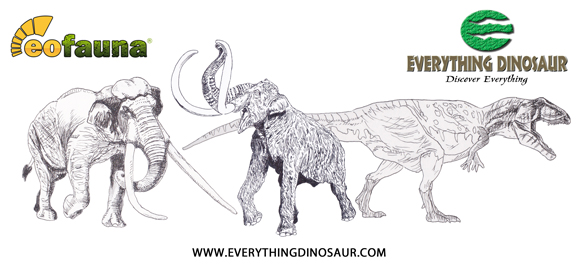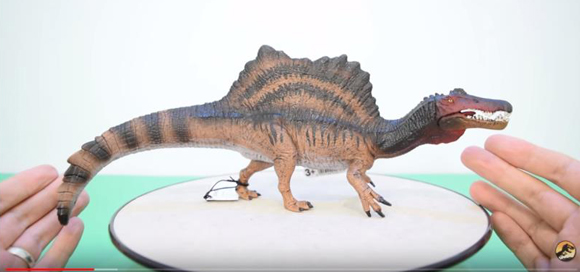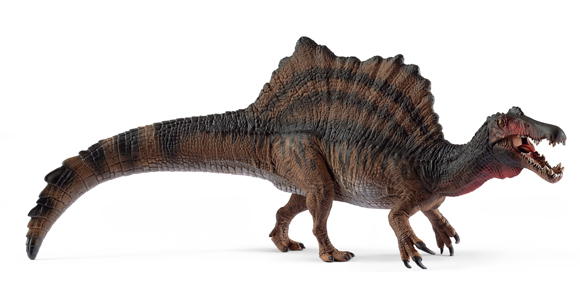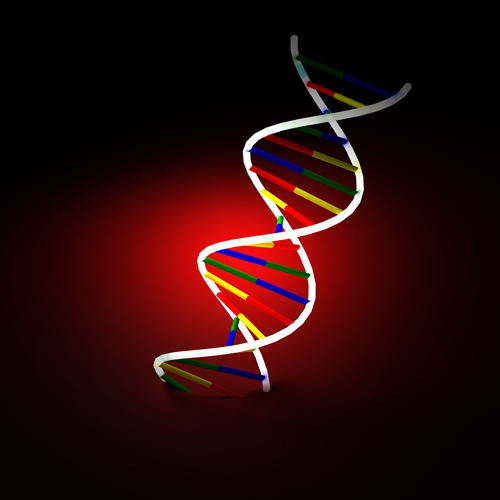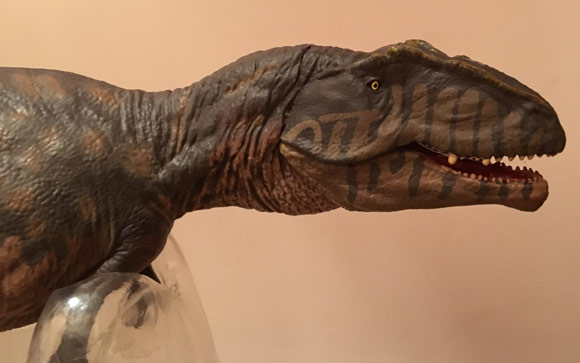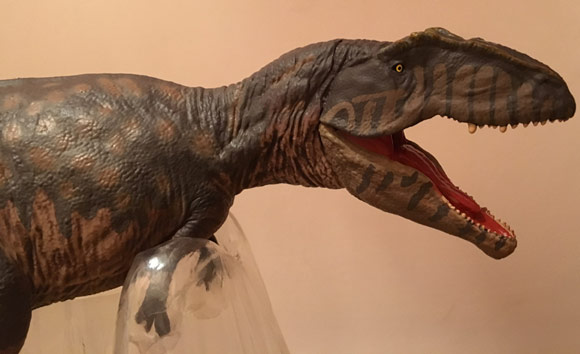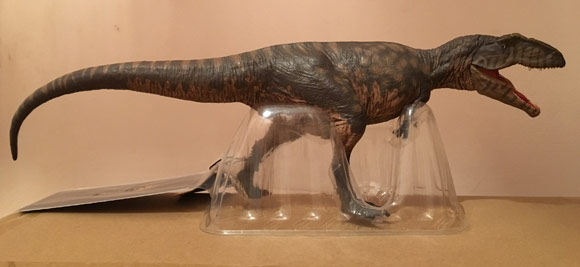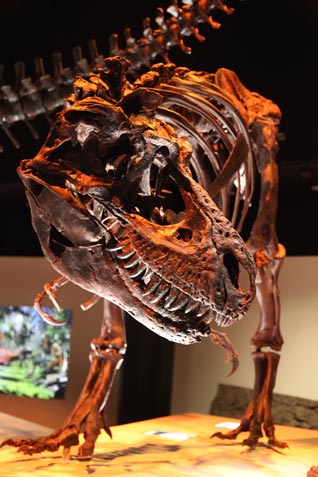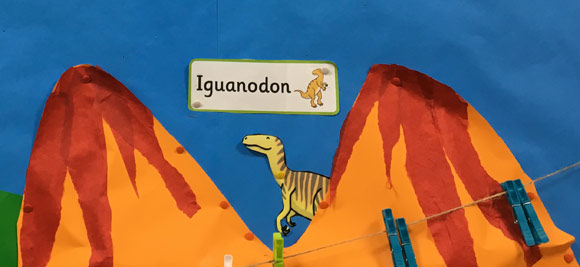Dinosaurs with Foundation Stage Children
Dinosaurs with Foundation Stage Children
Over the last few days, the teaching team at Everything Dinosaur have been out and about visiting lots of schools to work with Foundation Stage children. We have met some very enthusiastic and eager young palaeontologists and conducted several workshops with Reception and Nursery classes. We have seen fossils, dinosaur drawings, prehistoric animal skeletons made from pasta shapes and even a few flying reptiles dangling from a classroom ceiling. One class of Nursery children (Foundation Stage 1), have been helping “Trudy the Triceratops” build a nest and each weekend one of the children gets to take “Trudy” home and to look after the dinosaur for a couple of days.
“Trudy the Triceratops” – Helping with a Dinosaur Term Topic with a Nursery Class
Picture credit: Everything Dinosaur
Dinosaur Soft Toys
The picture (above) shows a soft toy Triceratops. This piece of prehistoric plush is very cute and cuddly.
To view the range of prehistoric animal soft toys in stock at Everything Dinosaur: Dinosaur Soft Toys.
Trudy loves adventures and she will have a diary with her so that parents and children can record what Trudy gets up to whilst she is away from the school. On the Monday, following Trudy’s visit, the child will be given the opportunity to tell the class what Trudy has been up to over the weekend.
Explaining about Trudy’s adventures will help improve the children’s communication skills and help develop confidence.
Labelling a Triceratops
To help support the teaching team’s scheme of work we provide extra resources and teaching materials. At one school we learned that the Nursery class teacher had a favourite dinosaur. It was Triceratops, so we sent an illustration of what palaeontologists think Triceratops actually looked like. We suggested that if the teacher blanked out our labels, then the children could write in their own labels and name the various parts of the body.
Can You Label a Dinosaur?
Picture credit: Everything Dinosaur
The image (above) shows a Triceratops model. This is the 1:15 scale CollectA Deluxe Triceratops figure.
To view the range of CollectA Deluxe models: CollectA Deluxe Prehistoric Life Models.
Can the children label the dinosaur? A good exercise in helping with vocabulary development and writing, some words might be spelt correctly whilst others could be phonetically plausible.
Hatching Dinosaur Eggs
During our visits we saw lots of dinosaur eggs and nests. We suggested that an extension activity to accompany the discovery of a dinosaur egg in the classroom would be to challenge the children to think of materials that might help to keep the egg safe and warm. What sort of materials should we use to make a nest for a dinosaur? This activity supports the concept of learning through play and exploration. The children can look at the properties of materials and think through their own ideas, making links between ideas and developing strategies for achieving outcomes.
A Dinosaur Egg About to Hatch in a Reception Classroom
Picture credit: Lum Head Primary/Everything Dinosaur
The children in the Reception class at Lum Head Primary had decided to wrap their dinosaur egg in a blanket to help keep the egg safe and warm. A dinosaur had been added by the children to help keep the baby dinosaur company when it hatched.
For information about Everything Dinosaur’s work in schools and outreach work: Email Everything Dinosaur.
Visit the Everything Dinosaur website: Everything Dinosaur.


